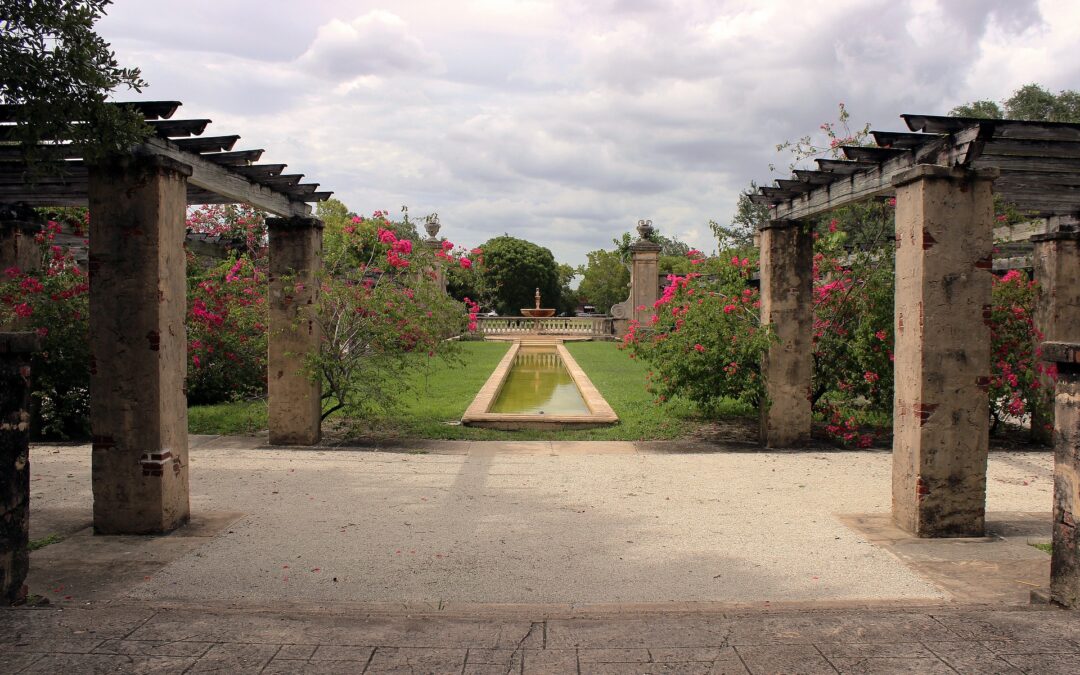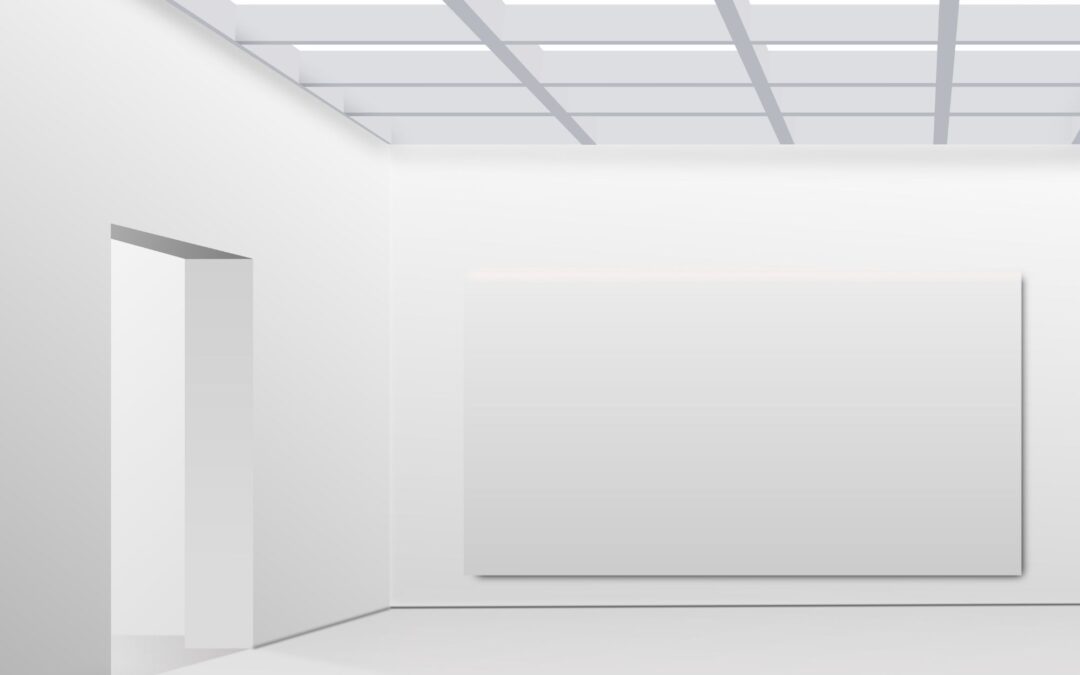Tips for Investing in Art
Studies indicate that roughly 53% of art collections worldwide have over 500 pieces. Investing in art can be tempting, considering its creative mystique and potential for increasing value over time. However, before you walk into an art gallery and make your purchase, take into consideration the following:
Invest in Contemporary Art
With many up-and-coming artists as well as mid-career and established ones, living artists’ works are more accessible and are more likely to increase in value over time. Investing in contemporary art allows you to support emerging talent while potentially benefiting from their growing reputation in the art market.
Understand Market Fluctuations
As you invest in art, it’s crucial to be knowledgeable about the market sales and the history of the artist. Do some research on the demand, historical sales records, and the trajectory of different artists before making your investment. Stay informed about market trends and fluctuations to make more informed decisions.
Diversify Your Collection
As an investor, diversification is essential. While certain art styles may trend and sell well over a continuous period of time, it’s important to consider the broader range of art styles and artists available. Explore different art styles from various reputable and well-documented artists to diversify your collection and mitigate risks.
Consider the Value and Quality
When purchasing art, consider the value of the painting beyond just the artist’s name. Evaluate the quality of art produced by the artist, including their technical skill, creativity, and uniqueness. If you’re unsure what to look for, consider consulting an art advisor who can guide you in making informed investment decisions. Investing in one-of-a-kind pieces or limited editions can potentially yield higher returns compared to prints or works with multiple editions.
Be Cautious of Bargains
While it can be tempting to seek out bargains in the art market, it’s important to exercise caution. For instance, if you come across Cuban art for sale at a reduced price, attend the auction but be aware that if the art does not sell, it may not be looked upon favorably by the market. Buying art at a discounted price may require you to hold onto it for a longer period before seeking potential buyers who are willing to pay the desired price.
Evaluate Potential Profits and Losses
Calculate the potential profits and losses for the art you’re considering. Consider the current value, as well as the potential increase in value over time. Factors such as the materials used, the technique employed, the size of the artwork, and the historical performance of similar pieces in the art market should be taken into account. Conduct thorough research to make a more informed decision about the investment potential of a particular artwork.
Remember, investing in art requires careful consideration and research. By understanding the market, diversifying your collection, and evaluating the value and potential returns, you can make more informed decisions and potentially benefit from the creative and financial aspects of art investment.





